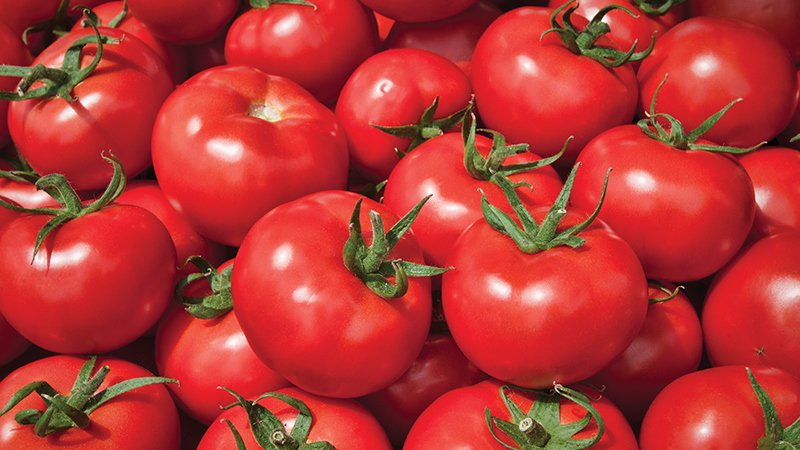How To Find A Farmers Market Niche
Fuel, fertilizer, pesticide, and plastic prices are putting pressure on grower profits. But for those selling their produce in local farmers’ markets, the news is not all dim. The trends “go green” and “buy local” are music to the ears of some growers renting space at farmers’ markets. Larger producers may best benefit from Florida’s 13 state farmers’ markets, while smaller growers are better suited to community farmers’ markets.
State Support
The majority of farmers participating in the state-run markets are large-scale growers who produce a single crop or two. Professional market managers at state markets sell produce to grocery stores, restaurants, wholesale produce companies, institutions, and others — sometimes on a 24-hour basis. State farmers’ markets — which work in cooperation with USDA, universities, and other agricultural entities — are owned by the Florida Department of Agriculture and Consumer Services (FDACS) and are operated as a bureau within the Division of Marketing and Development.
“Growers can benefit from farmers’ markets because there is a big, local food movement and a desire to reduce carbon footprints,” says Don Coker, Bureau Chief for State Farmers’ Markets.
Other benefits, according to Coker, are that farmers’ markets are very good for test marketing new crops (such as dragon berry) to see if they will grow and sell in Florida, growers can get the full retail market price, and there is no intermediary.
State farmers’ markets can also be a good secondary source for growers who primarily sell to the commercial market. For example, once a crop has been harvested once, pickers can go back in the field to get the remaining 5% to 10% that can be sold in a farmers’ market.
Smaller Scale
Community farmers’ markets bring together a group of smaller growers who sell a wide variety of crops directly to local consumers. Most community farmers’ markets operate one day per week. While some community markets are made up strictly of growers, others may include arts, crafts, and other vendors.
Linda Holt of Holt Farm in Gainesville has been successfully selling fresh produce through community farmers’ markets since 1991. She participates with her husband Tom in the Alachua County Farmers’ Market and the High Springs Farmers’ Market. The couple grows 5 to 6 acres of a broad range of fruits and vegetables, but watermelon and cantaloupe are their biggest sellers.
“The Alachua market is unique in that you have to be a grower to participate, and you have to grow what you sell. No resales are allowed at the market,” says Holt.
This past season has been the best she can recall, with a noticeable increase in the number of farmers’ market shoppers. She attributes the up tick in customers to all of the publicity being generated for the “green movement” and “buying locally.” Holt estimates that a quarter to a fifth of her produce is sold to low-income shoppers redeeming Women, Infants, and Children Program and Elder Farmers’ Market Nutrition Program vouchers. Other customers range from University of Florida professionals to young mothers bringing their children to enjoy the farm market experience.
“We get to know our customers very well. We see the same people every week,” says Holt.
For Holt, the best things about selling in community farmers’ markets are that there is no middle man, markets are in close proximity to the farm, and consumers can buy fresh produce at a good price while the farm still turns a profit.
What’s more, no marketing is necessary on the part of the grower. Community market managers will generally advertise in local newspapers and/or radio stations.
“We just show up,” says Holt. “If you have good produce, the customers will come back.”








